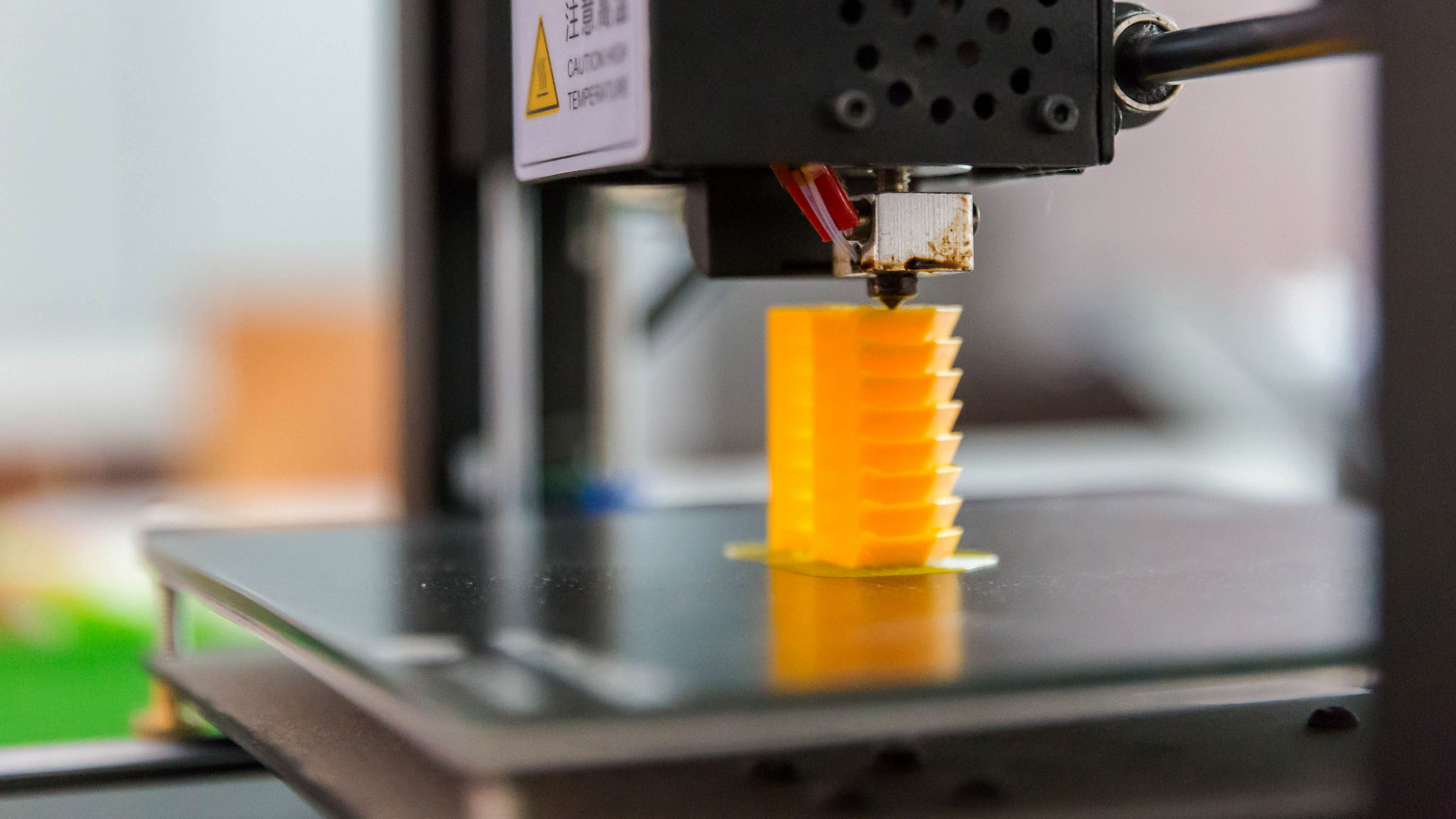Health
3D printer emissions may be harmful to your health
Safety awareness lagging behind affordability

caption
3D printer3D printers are becoming more affordable, but scientists say they still don’t know the potential health risks of emissions given off during printing.
“Often times in science we play catch up,” said Aleksandr Stefaniak, researcher in respiratory health at The National Institute for Occupational Safety and Health.
In a study Stefaniak co-authored with Tim Nurkiewicz, a professor of physiology and pharmacology at West Virginia University, they found 3D printer emissions raised the blood pressure of rats.
Nurkiewicz said there’s no guarantee the side effects would be the same for humans; it needs to be researched further.
The problem with 3D printers, Nurkiewicz said, is they give off something called ultrafine particles. These particles are extremely small, so they can travel into lungs and make their way into the blood stream. Nurkiewicz said airborne chemicals given off during 3D printing can also bind themselves to the particles before they enter a person’s body.
“With 3D printing, the gases are stuck on the particles; the particles go all the way down to the bottom of the lung and you have more pulmonary damage,” said Nurkiewicz.
Different 3D printing filaments are made from different materials, and some are more toxic than others.
Stefaniak said current 3D printer research has only been done in workplace environments. Schools and homes would have to be studied separately.
Educational tool
Nearly half of schools in the Halifax Regional Centre for Education have a 3D printer. The Department of Education and Early Childhood Development is currently in the process of buying printers for all schools around the province.
Meaghan Boudreau, leader of technology integration (TILT) with the HRCE, said 3D printers are a valuable teaching tool. Students are able to take their imagined designs and print them into a physical object they can hold in their hand.
The schools only use Polylactic acid, or PLA, a common plastic filament with low airborne chemical emissions.
Boudreau said nothing they’ve read has suggested PLA filaments are unsafe and they don’t have any ventilation recommendations.
But, Stefaniak said that doesn’t mean there shouldn’t be safety measures in place.
“We won’t really know what the significance is of breathing in the emissions from PLA—no one’s actually looked at that,” said Stefaniak.
At-home 3D printing
Gordon Gillis has owned a 3D printer for three years, much to the delight of his 12-year-old son. Even though he has an air purifier in the room, he removes his son from potential health risks entirely.
“When he’s here, my printers don’t run,” said Gillis.
None of the five 3D printers Gillis has purchased came with warnings about harmful emissions. The same goes for the printer Cole Harbour resident Jon Gander bought for his home.
He was warned about the potential hazards of 3D printing emissions from a peer, not the manufacturer.
Products for 3D printers don’t list all the additives Gander said, which is production problem, not a consumer problem.
Health Canada does not currently have guidelines for 3D product suppliers under the Consumer Product Safety Program.
Important piece of technology
Safety protocols, like switching materials for less toxic alternatives and having good ventilation are necessary said Stefaniak.
Nurkiewicz said the research doesn’t suggest the “sky is falling,” and he doesn’t want people to stop using 3D printers. He just wants people to be safe.
“It holds tremendous potential to advance our society as a whole, from our daily activities to clinical application in ways we can’t even realize,” he said. “But we can’t realize that if we don’t identify the health effects and the proper conditions to keep us safe.”

